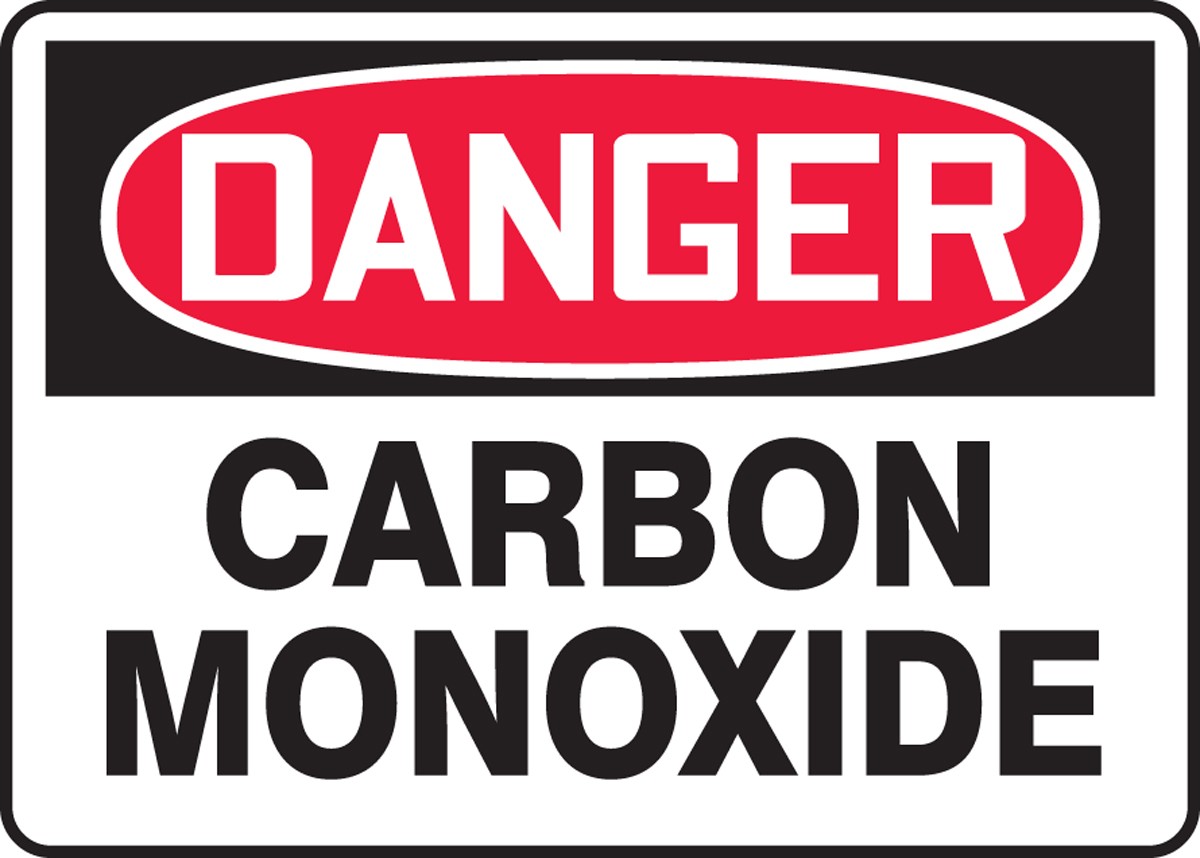|
Learn About Carbon Monoxide and Your Home
Illinois law requires every home and apartment to have a carbon monoxide (CO) detector within 15 feet of sleeping areas. If you believe you have carbon monoxide buildup in your home, leave the building immediately and call 911.

Proper Ventilation
Carbon monoxide is an invisible, odorless gas that can cause illness and even death when not properly vented by your furnace or appliances. Carbon monoxide comes from the incomplete combustion of common fuels such as heating oil, gasoline, coal, wood, charcoal, kerosene, propane and natural gas.
When properly operated and maintained, natural gas heating equipment and appliances are safe and efficient. But if your appliances or heating equipment are not properly operated and vented, carbon monoxide could back up into your living space.
Improper venting can be caused by the following:
- Chimneys or vents blocked by leaves, bird nests, debris or heating residue
- Malfunctioning or improperly installed equipment
- Heating equipment improperly enclosed by paneling or other structures
- Improperly vented equipment
Signs of Carbon Monoxide Buildup
- Stuffy or stale air
- Very high humidity
- Fallen soot from your chimney or draft hood
- A hot draft coming from your draft hood
If carbon monoxide has been backing up into your living space for some time, you may experience carbon monoxide poisoning. While carbon monoxide poisoning is extremely rare, be aware of the following symptoms:
- Headaches
- Dizziness and weakness
- Nausea and vomiting
- Stinging eyes
- Sleepiness
- Heart flutters
Carbon Monoxide Safety Tips
- Install a carbon monoxide detector.
- Have a HVAC technician check your heating equipment annually.
- Keep the area surrounding your gas appliances clear from clutter or trash.
Carbon Monoxide Detectors
There are many carbon monoxide detectors on the market. Regardless of brand, the detector you purchase should meet current UL standards and must be installed and operated according to the manufacturer’s instructions.
|
